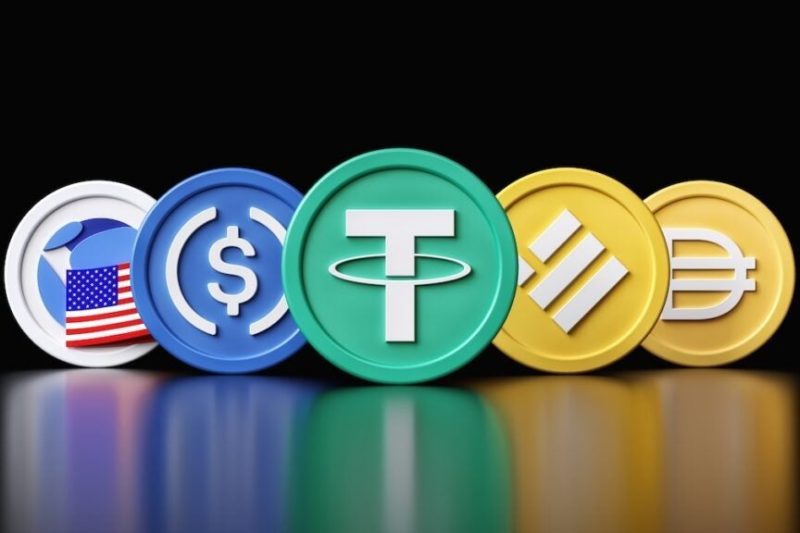
The Senate’s passage of the GENIUS Act on Tuesday marks a watershed moment for the cryptocurrency industry, ushering in the first-ever US regulatory framework for dollar-pegged stablecoins. This landmark legislation has already drawn significant attention, with Coinbase CEO Brian Armstrong hailing it as a ‘big milestone’ and prominent investor Scott Bessent predicting a potential surge in the stablecoin market, possibly reaching a staggering $3.7 trillion.
The implications of the GENIUS Act are far-reaching. For years, the lack of clear regulatory guidelines has created uncertainty and hampered the growth of the stablecoin market. This uncertainty has deterred institutional investors and raised concerns about consumer protection. The new framework aims to address these issues by providing a clear set of rules and regulations governing the issuance, operation, and oversight of stablecoins. This should increase investor confidence and potentially unlock significant capital flows into the sector.
While the specifics of the GENIUS Act require further analysis, the general consensus is that it represents a significant step towards a more regulated and mature cryptocurrency ecosystem. The potential for increased adoption and wider integration of stablecoins into traditional financial systems is substantial. However, the long-term effects will depend on the practical implementation of the act and how it adapts to the ever-evolving landscape of digital assets.
Armstrong’s optimistic assessment reflects the industry’s hopes that the GENIUS Act will foster innovation and growth. Bessent’s bold prediction of a $3.7 trillion market underscores the potential economic impact of clearer regulatory certainty. The coming months will be crucial in observing how the act unfolds, the challenges it faces, and its ultimate impact on the broader financial world. One thing is certain: the passage of the GENIUS Act represents a pivotal moment, shaping the future of stablecoins and the cryptocurrency landscape in the United States.










